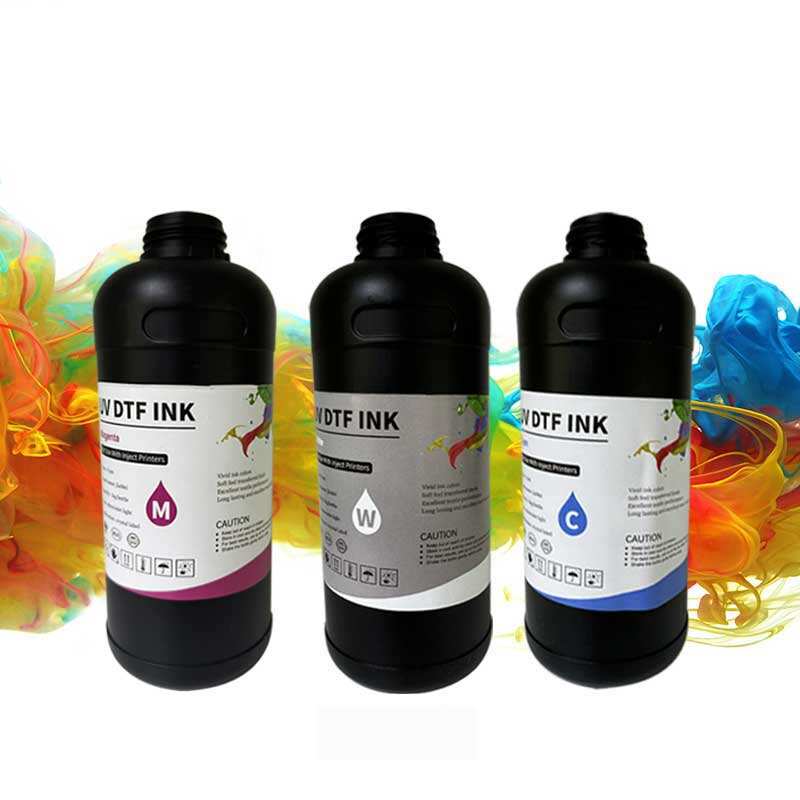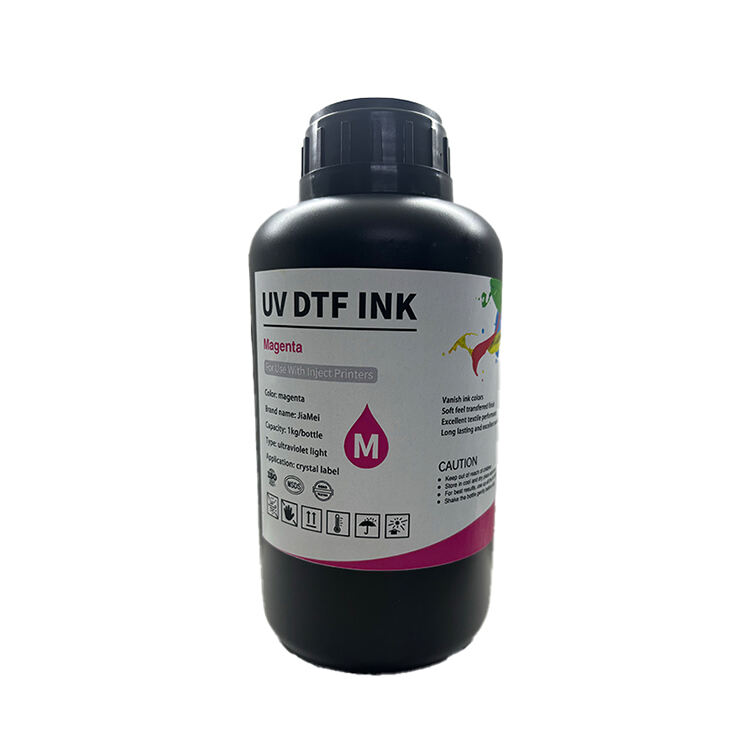drying rack for screen printing
A drying rack for screen printing is an essential piece of equipment designed to efficiently dry and organize freshly printed materials. This specialized rack system features multiple tiers of horizontal shelves, typically constructed from durable materials like powder-coated steel or aluminum, ensuring long-lasting performance and stability. The rack's design incorporates adjustable shelving spaces to accommodate various material sizes, from standard paper sheets to larger format prints. Each shelf level is engineered with proper ventilation gaps, allowing air to circulate freely around the printed items, promoting even and thorough drying. The structure often includes smooth-rolling casters for easy mobility within the workspace, enabling printers to position the rack wherever it's most convenient. Advanced models may feature additional elements such as built-in fans or heating systems to accelerate the drying process. The rack's organization system allows for systematic arrangement of prints according to job orders or drying time requirements, maximizing workflow efficiency. Most models are designed with a space-saving vertical configuration, making them ideal for print shops with limited floor space while maintaining a substantial capacity for drying multiple prints simultaneously.


